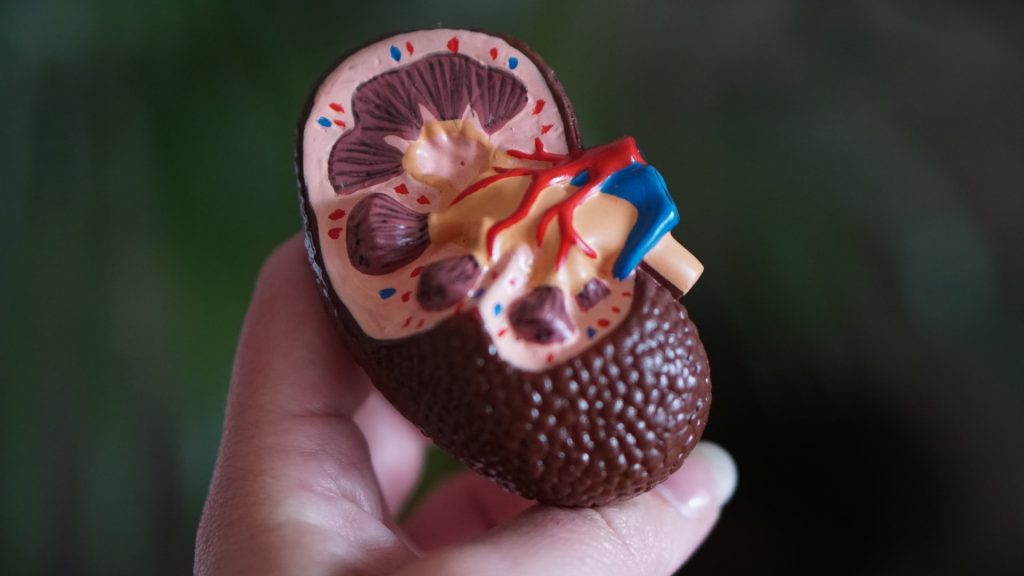UTI Pain Stems from Hypersensitivity in Nerves for Bladder Fullness

New insights into what causes the painful and disruptive symptoms of urinary tract infections (UTIs) could offer hope for improved treatment. Nearly one in three women will experience UTIs before the age of 24, and many elderly people and those with bladder issues from spinal cord injuries can experience multiple UTI’s in a single year.
Findings from a new study led by Flinders University’s Dr Luke Grundy and SAHMRI’s Dr Steven Taylor show that UTIs cause the nerves in the bladder to become hypersensitive resulting in the extremely painful and frequent urge to urinate, pelvic pain, and burning pain while urinating.
“We found that UTIs, caused by bacterial infections such as E. coli, can significantly alter the function and sensitivity of the nerves that usually detect bladder fulness, a phenomenon known as ‘bladder afferent hypersensitivity’, says Dr Grundy, from the College of Medicine and Public Health.
“The study was the first of its kind to explore the impact of UTIs on the sensory signals that travel from the bladder to the brain, and the direct link this response has to causing bladder pain and dysfunction.”
A normal bladder will expand to store urine and can store up to two cups of urine for several hours. Once full, the bladders nervous system will signal that it is time to urinate, or empty the bladder.
Described in Brain, Behavior, & Immunity – Health, researchers analysed how UTIs cause sensory nerves that respond to bladder distension to become hypersensitive, so that they send signals of bladder fulness, even when the bladder is not yet full.
“Our findings show that UTIs cause the nerves in the bladder to become overly sensitive, which means that even when the bladder is only partly filled, it can trigger painful bladder sensations that would signal for the need to urinate,” he says.
“We think that these heightened sensory responses may serve as a protective mechanism, alerting the body to the infection and prompting more frequent urination to expel the bacteria.”
Building on previous research, the new study reveals a deeper understanding of how UTIs affect bladder function and the nervous system, and raises important questions about the role of bladder hypersensitivity in the development of UTI-related symptoms.
“Our findings go further in identifying the significant changes that occur during UTIs and provide a clearer picture of the mechanisms behind the painful and disruptive bladder sensations often associated with these infections,” says Dr Grundy.
The study also suggests that better understanding and targeting of bladder afferent hypersensitivity could improve treatment options for patients suffering from recurrent UTIs or other bladder conditions where sensory dysfunction plays a role.
“Theoretically we should be able to find a way to address hypersensitive nerves in the bladder and reduce or eliminate the painful and debilitating symptoms of a UTI,” he adds. This would improve quality of life whilst antibiotics are taking care of the infection.
Researchers are striving to address the limited treatments available for bladder pain by exploring how the findings may translate into clinical practice and improve the management of UTIs in patients.
Source: Flinders University









